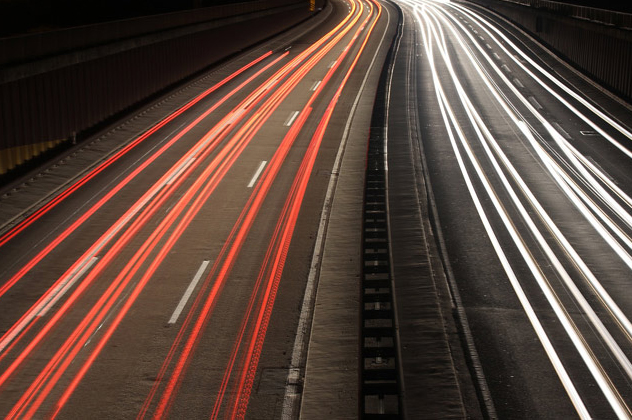How your eyes are affected as you age
Car lights – Your eyes, your driving, your life!
• How your eyes are affected as you age
• Types of car lighting explained
• A legal warning
Car headlights were once famously described as ‘the eyes of the vehicle’ however, our eyes are something that we don’t tend to reckon with when we think about car lighting.
Yet light and the way our eyes react to it are absolutely critical elements when it comes to driving. It sounds simple, but it is no exaggeration to say that the better you see the road ahead, the safer you, your passengers and other road users are.
Although we are often aware that our eyesight changes during our lifetime, as we become longer or shorter sighted, we tend to think that our sight remains pretty constant in most other ways. But that is very far from reality.
In fact, our vision changes dramatically as we get older in various ways. As children, our lenses are completely clear and we see really well, even in very low light conditions, but as we age, the lenses in our eyes grow more opaque – so, simply put, they let in less light. This phenomenon gets more intense as the years pass. Between the age of 20 and 50, your eyes need twice as much light to see at the same level as you did as a child, and from 50 to 60, you need half as much light again and the effect increases more rapidly the older you get.
Also, our eyes find it more difficult to deal with glare as we get older - in fact, every 12 years our eyes lose 50% of their resistance to glare, which is quite a sobering thought. This means that badly adjusted headlights affect us more as we age – another illustration of why it is so important to have good headlights and that they are properly adjusted.
The net effect is that, compared to when you were in your teens, by the time you get to 80, it is akin to looking at the world through a pair of dodgy sunglasses.
Types of lighting
There are three types of car headlight: halogen, high intensity discharge (HID) - generally referred to as ‘xenon’ lights and LED (light emitting diodes).
A halogen bulb works by heating up the curly wire filament until it’s white-hot and projecting the resultant light it gives off onto the road ahead, by channelling it through the headlamp glass optics or lens. Halogens have been with us for sixty years and account for the majority of the cars currently on the road.
Development of halogen bulbs continues and nowadays you can get some that perform really well and bulbs that are 100% brighter than the industry standard are commonplace. However, you now can even get a version that is rated at +200%, which is three times as bright as the standard bulb.
HID xenon lights are arc lamps – think: neon signs. So, with a xenon light, instead of light being produced by heating a filament, electricity ‘arcs’ between two electrodes inside the bulb. HIDs, which were introduced in the 1990s, use less energy to create light, making them more efficient than halogen bulbs and generally last longer.
This means that xenon bulbs are naturally brighter than halogen and, although there are some really good performing halogens on the market, xenon bulbs are still brighter.
The last decade has seen the introduction of LED lighting and it is generally reckoned that this form of lighting will become the dominant force in vehicle lighting in the coming years. Rather than emitting light from a filament through a gas, or electricity arcing between electrodes, LEDs use ‘solid-state’ technology with light emitted from a piece of solid matter – a semiconductor.
LED lights are small, very flexible and can be very bright and many manufacturers are beginning to build them into their cars as standard.
So why don’t you just replace your old halogen lights with xenon or LED? The short answer is because even though the technology exists to do this – there are often additional modifications necessary electrically or to dissipate the heat (because don’t forget, more light generally means more heat is produced).
Furthermore, retro-fitting xenon or LED lights to cars originally fitted with halogen lights is currently NOT LEGAL.
What does this mean?
Therefore, as you get older, every time it comes to replacing worn out bulbs, you should seriously consider upgrading your lights to better performing bulbs. Likewise, if you are changing cars and you get the chance to specify the lights, go for the best lighting you can afford.
Car lighting is one of the cheapest safety upgrades you can make and, if you see better, you drive better, therefore this is also one of the cheapest performance modifications you can make.

